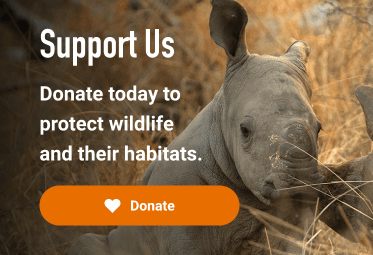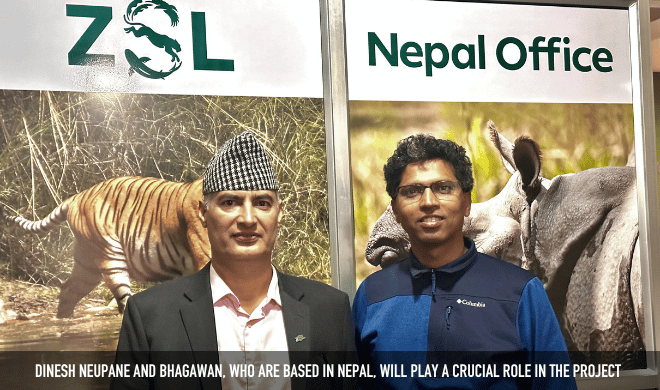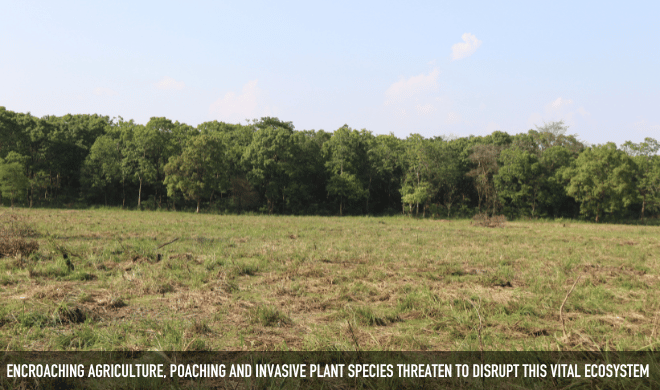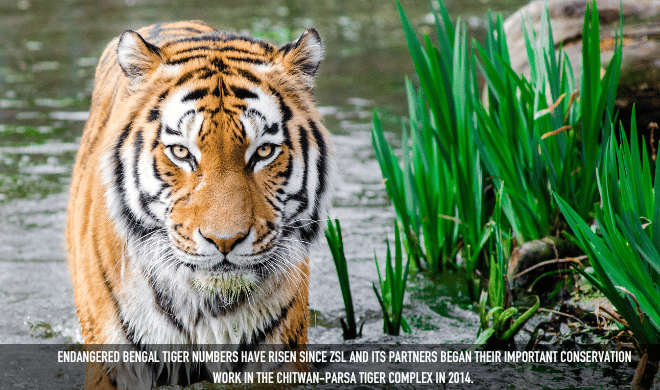Sustaining suitable habitats for the greater one-horned rhino
Partners: Zoological Society of London (ZSL) and Airbus Foundation
Key Species: Greater one-horned rhino, Bengal tiger, Asian elephant
2024 Award Winner
Within the sprawling wilderness of Nepal's Chitwan-Parsa Complex, the vibrant Terai grasslands stretch as far as the eye can see, its dense vegetation often standing taller than a human. These grasslands are home to almost all of Nepal’s rhinos (697 out of 752) alongside the largest remaining populations of tigers (169) and Asian elephants (25) in the country.
Approximately 350,000 people reside in the buffer zone, and their livelihoods are intricately linked to the local biodiversity. Tourism revenues and community forestry programs help support their communities. Yet threats loom large – encroaching agriculture, poaching and invasive plant species threaten to disrupt this delicate ecosystem.
Data-driven conservation
In the face of these challenges, the successful conservation of the Chitwan-Parsa Complex demands a strategic allocation of limited resources. Each conservation dollar must be leveraged with precision, ensuring its utmost efficacy in safeguarding this invaluable ecosystem.
The Zoological Society of London (ZSL) is embarking on a groundbreaking project. Using newly tasked and archived 30cm Pleiadés Neo data, donated by the Airbus Foundation, with funding and capacity support from Connected Conservation Foundation, the team aims to identify and optimise the most cost-effective grassland management strategies.
To do so, it will conduct comprehensive field surveys and use sophisticated machine learning algorithms to analyse satellite data, aiming to accurately map vegetation and evaluate the effectiveness of various habitat interventions that maintain and benefit the intricate balance of this ecosystem.
Advocating for change
The project will consolidate analysis and insights into a comprehensive document titled the Rhino Habitat Policy Brief (RHPB). This brief will offer strategic recommendations for efficient and cost-effective rhino and grassland management.
ZSL will collaborate closely with Nepal's Department of National Parks and Wildlife Conservation, where they will present the RHPB and engage in advocacy efforts at the highest levels of decision-making. The success of the project will be gauged by the integration of their recommendations into pivotal documents such as Nepal’s National Rhino Conservation Plan, as well as the Chitwan and Parsa National Park Management Plans.
Long term, their discoveries could help reshape the way we approach conservation, not only in Nepal, but across similar grassland landscapes worldwide.






